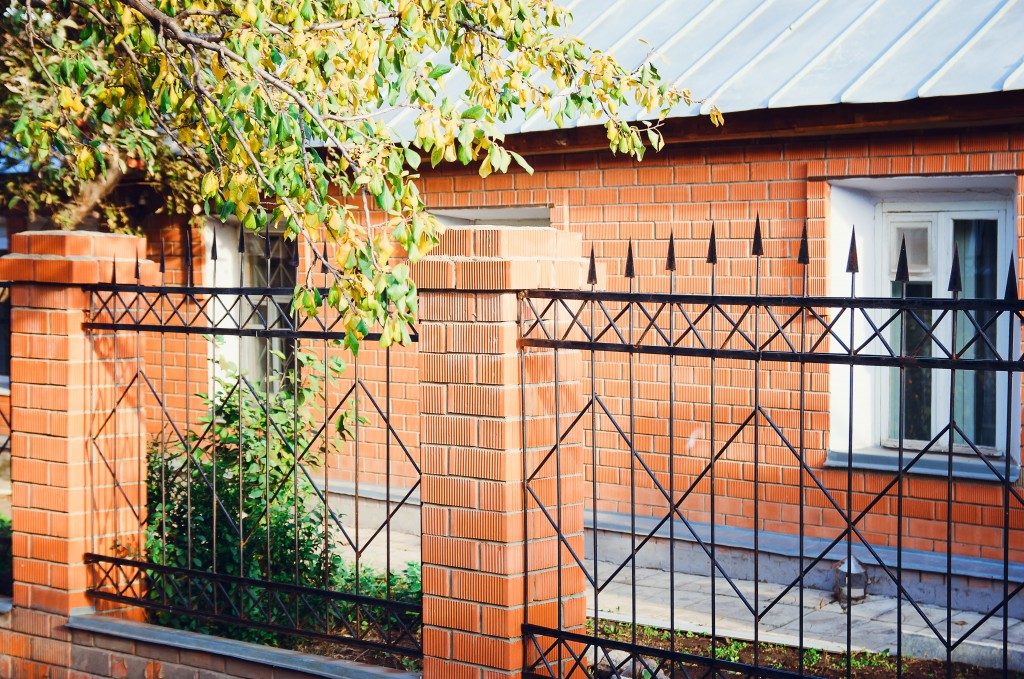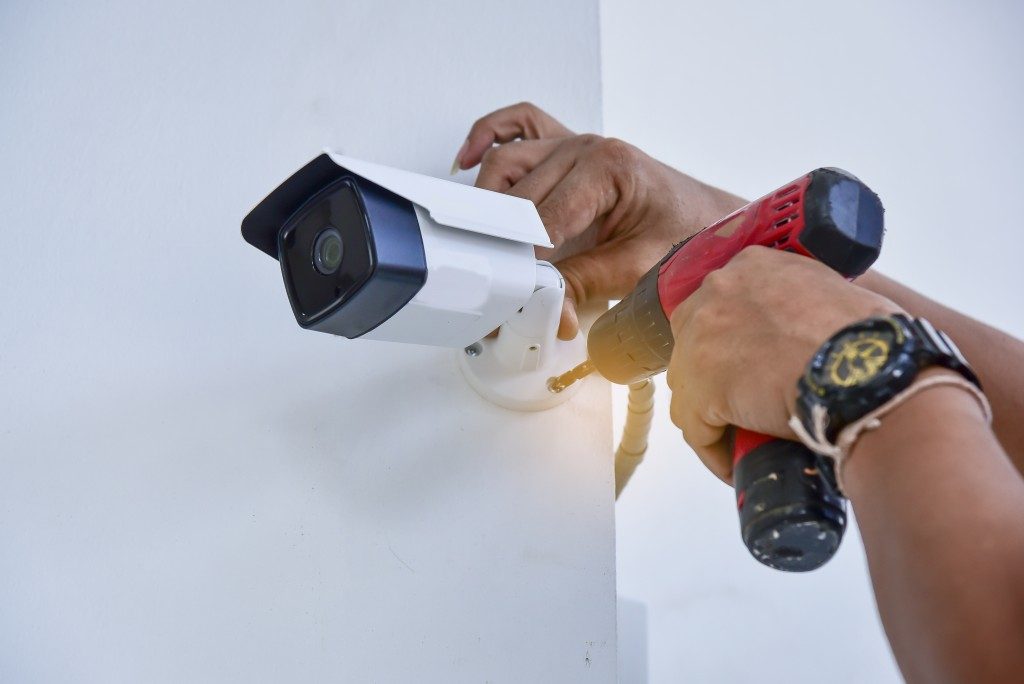Burglary remains a major crime across the world. In 2016 alone, Chile had 1,193.9 cases per 100,000 people, followed by Denmark with 1,053.1 cases, and Austria with 925.4 cases. Home security systems are becoming more available at competitive prices as a result.
Below are the most basic home safety measures:
Fences
Fences are among the first security measures considered by homeowners. Tough, sturdy, and cost-efficient, fences also demarcate perimeters and decorate the exteriors of a home. Aside from serving as a deterrent, fences keep what should be kept inside, such as small children and pets.
The type of material a fence is made of can also affect what it can accomplish and how difficult it is to break in. Chain-link fences should be enough for relatively safe areas. Solid aluminum panels are the norm for decorative and functional aluminum fences.
Security Cameras
Closed-circuit television cameras or CCTVs can be bought with a single click in most online shopping applications and websites. The most basic camera types can be cheap and be paired with free webcam applications that allow you to monitor areas while you’re far away from home.
Bullet and dome cameras are the most common types used in residential and commercial establishments. Bullet cameras are not flexible and dome cameras can either be stationary or have pan and tilt functions. Hidden cameras use a cover or are concealed within certain features, such as fire sensors.
Home Security System
A home security system can be bought separately or with security cameras. These systems are essential for areas with high crime rates, though it is advisable to buy a system even in an exclusive village as your home could be targeted by thieves. Security systems can come in two variants: hardwired and wireless.
Hardwired systems run cables throughout your home to connect it directly to the circuit breaker. Wireless systems use Wi-Fi and Bluetooth technology to connect to each other and call authorities in case of emergencies.
Newer versions of home security systems monitor hazards other than burglaries. Carbon monoxide levels, fire, and flooding are three major hazards that these models can detect.
Deadbolt and Smart Locks
Installing deadbolts is generally a good idea with or without smart locks. A few deadbolt designs are nearly impossible to break or pick. An additional lock on the door can further deter burglars.
Smart locks are the digital version of deadbolts. Connected to a Wi-Fi network, smart locks can be controlled through paired phone applications. Specific users can be allowed into your home at specific times. Keys can still do the job manually if you’re in a hurry.
Reinforced Doors and Windows

The primary entry points of burglars are open and structurally vulnerable doors and windows. About 30 percent of intruders in the U.S. enter through unlocked doors and windows. Burglars can be deterred and prevented from entering by reinforcing entrances to the home. Bars or grills, locks, and reinforced glass can protect windows, while screen doors, deadbolts, and smart locks could be used to secure the doors.
If you feel that your home is under threat, you can call local authorities and file a report. Police may want to access your security footage if you have cameras and your home security system’s logs for any abnormalities. Know your rights as a homeowner to ensure that they are upheld even as you cooperate with authorities.

